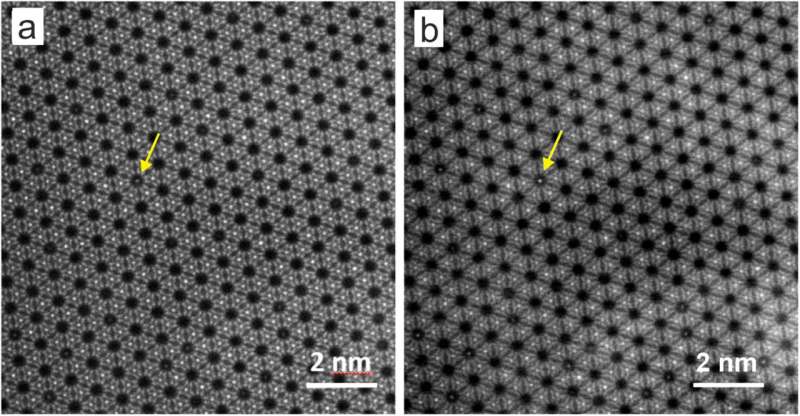
New method for analyzing nanoporous materials (04/04/2024)
In addition to their main
components, the properties of crystalline and nanoporous materials often depend
crucially on guest atoms or ions that are embedded in the tiny pores of their
lattice structure. This applies to high-tech materials used in sensor or
separation technology as well as to natural materials. The bluish gemstone
aquamarine, for example, would be colorless without such guest components.
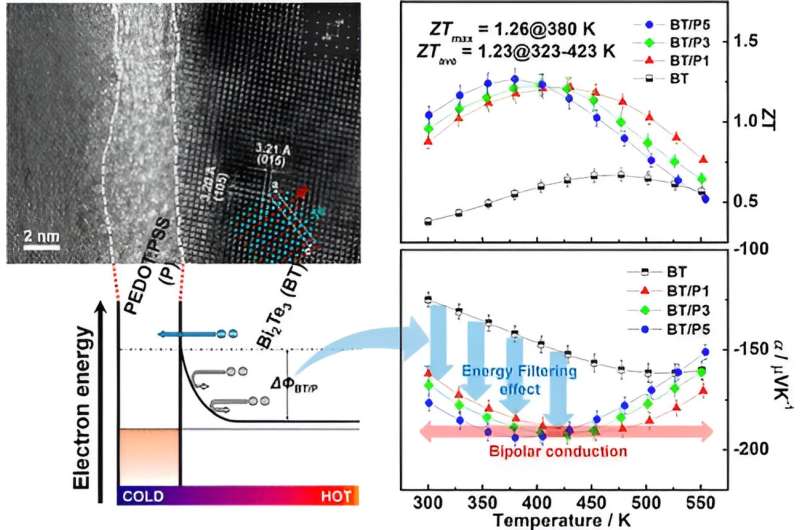
Researchers develop a thermoelectric material with optimal cost, efficiency and flexibility (03/04/2024)
A research team has developed an
inorganic-organic thermoelectric composite that promises competitive pricing
while addressing efficiency and flexibility challenges in thermoelectric
technology.
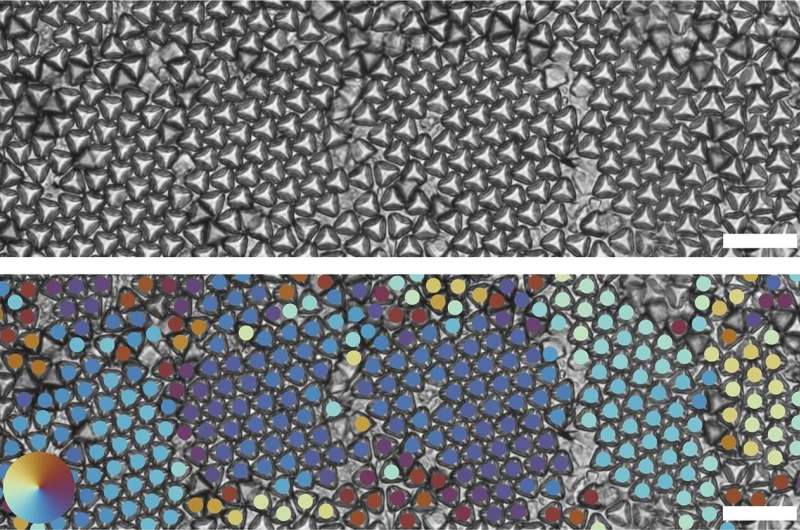
Elusive 3D printed nanoparticles could lead to new shapeshifting materials (25/03/2024)
In nanomaterials, shape is
destiny. That is, the geometry of the particle in the material defines the
physical characteristics of the resulting material.
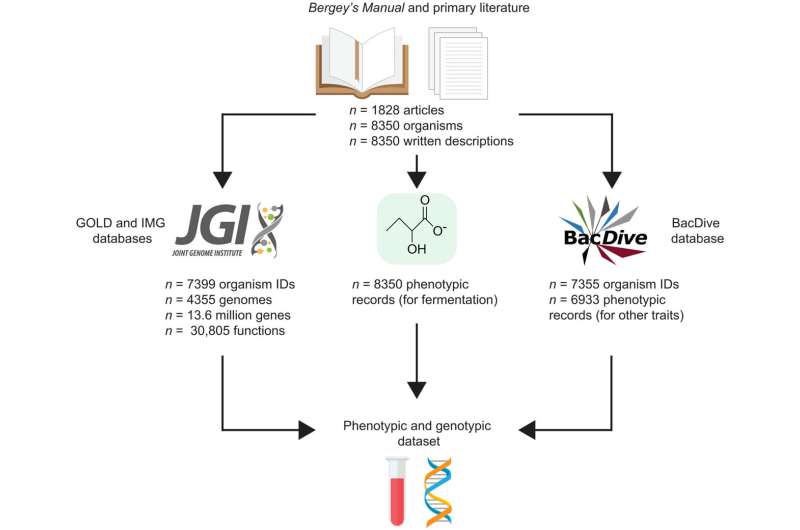
Researchers build interactive, comprehensive database of fermentative prokaryotes (25/03/2024)
Most organisms use oxygen to
convert food into energy. However, in environments with little or no oxygen,
life found other ways to produce energy, using a process called fermentation.
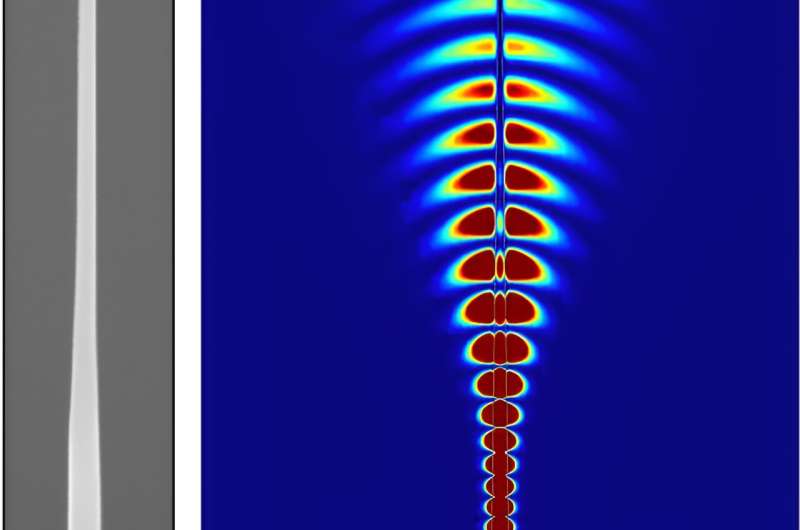
The world is one step closer to secure quantum communication on a global scale (25/03/2024)
Researchers at the University of
Waterloo's Institute for Quantum Computing (IQC) have brought together two
Nobel prize-winning research concepts to advance the field of quantum
communication.

Novel electrochemical sensor detects dangerous bacteria (25/03/2024)
Researchers at Goethe University
Frankfurt and Kiel University have developed a novel sensor for the detection
of bacteria. It is based on a chip with an innovative surface coating that
ensures only very specific microorganisms adhere to the sensor—such as certain
pathogens.
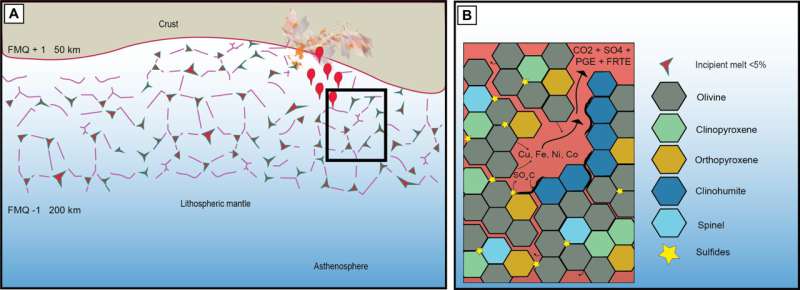
New findings shed light on finding valuable 'green' metals (25/03/2024)
Research led by Macquarie
University sheds new light on how concentrations of metals used in renewable
energy technologies can be transported from deep within the Earth's interior
mantle by low temperature, carbon-rich melts.

New cost-effective method can detect low concentrations of pharmaceutical waste and contaminants in water (23/03/2024)
Pharmaceutical waste and
contaminants present a growing global concern, particularly in the context of
drinking water and food safety. Addressing this critical issue, a new study by
researchers at Bar-Ilan University's Department of Chemistry and Institute of
Nanotechnology and Advanced Materials has resulted in the development of a highly
sensitive plasmonic-based detector, specifically targeting the detection of
harmful piperidine residue in water.
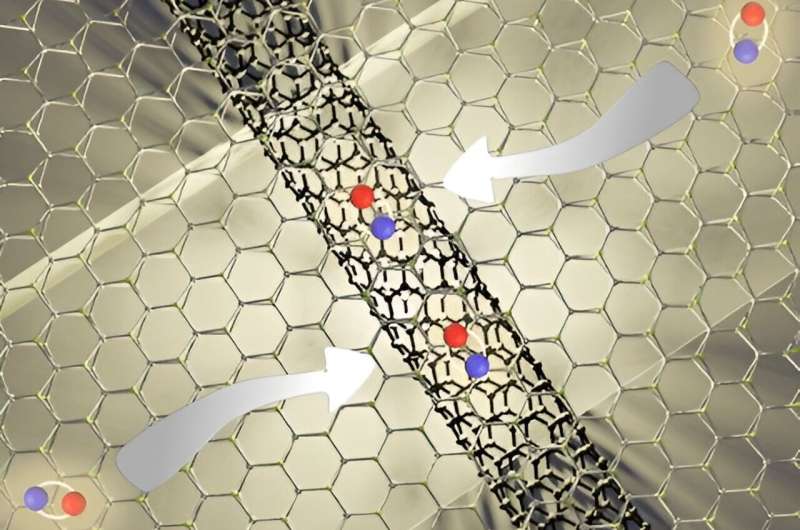
A 2D 'antenna' boosts light emission from carbon nanotubes (23/03/2024)
A flat sheet of atoms can act as
a kind of antenna that absorbs light and funnels its energy into carbon
nanotubes, making them glow brightly. This advance could aid the development of
tiny future light-emitting devices that will exploit quantum effects.

Scientists discover super sensor for the smallest scales (21/03/2024)
A team that included researchers at the Department of Energy's Oak Ridge National Laboratory used a new twist on an old method to detect materials at some of the smallest amounts yet recorded.









